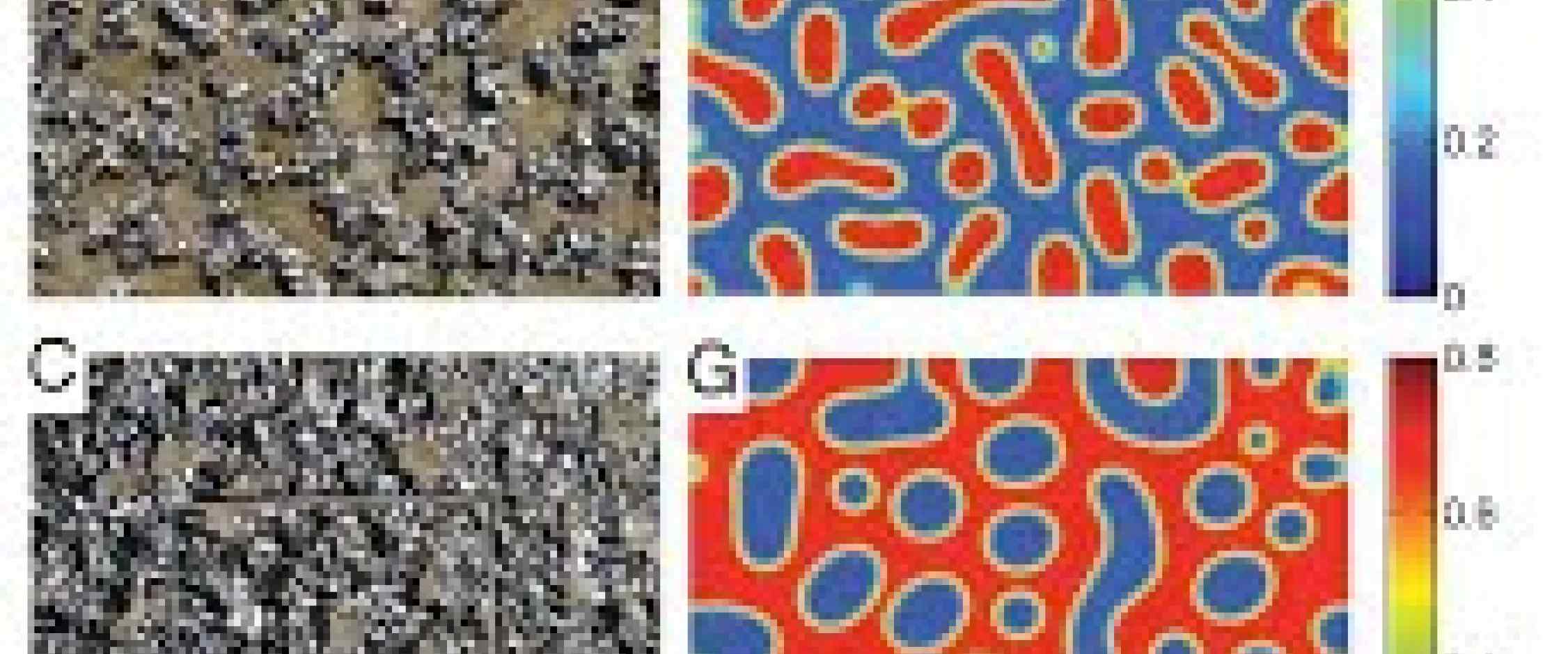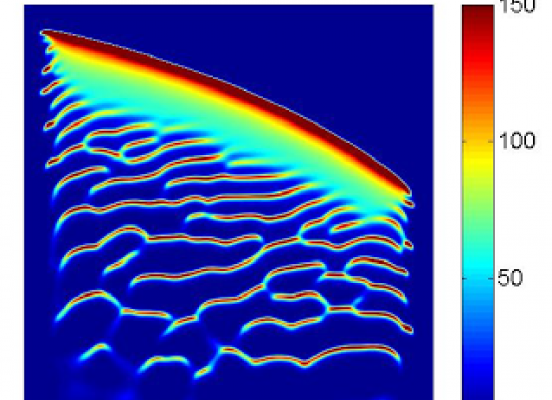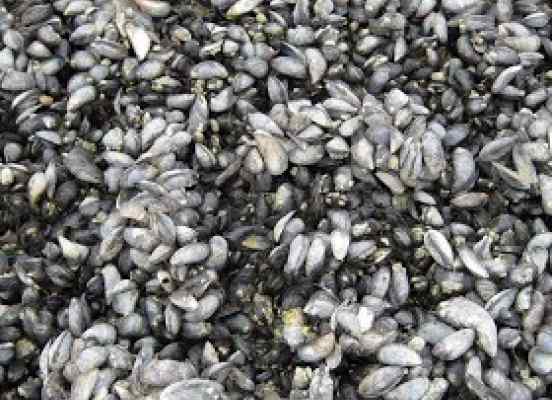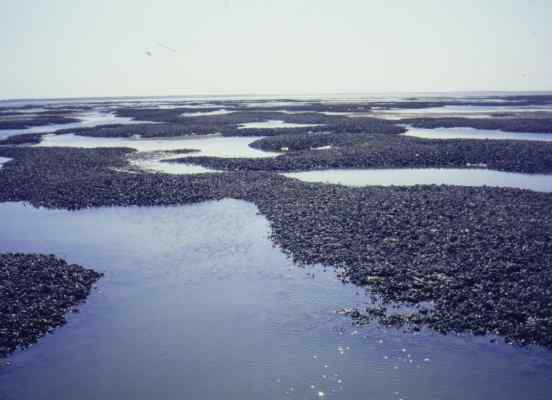Description
Using mussels as expriment, we demonstrate that the physical principle of phase separation (which is well-known and widely used in physics, but absent in the ecological literature) is able to explain spatial pattern formation in ecological systems (Liu et al, 2013 PNAS). Specifically, we show that aggregation of mussels into labyrinth-like patterns closely follows the mathematical principle for phase separation as outlined by Cahn and Hilliard in 1958.
Until now, the general model used for explaining the underlying regular, self-organized spatial patterns in ecology has been Turing's activator-inhibitor principle, with birth and death processes as the driving ecological process of pattern formation. The phase separation principle, as identified in our work, is solely based on movement and therefore has a behavioral basis. Hence, our study identifies a new, fundamentally different process underlying ecological pattern formation.
Areas of research
- Ecology




